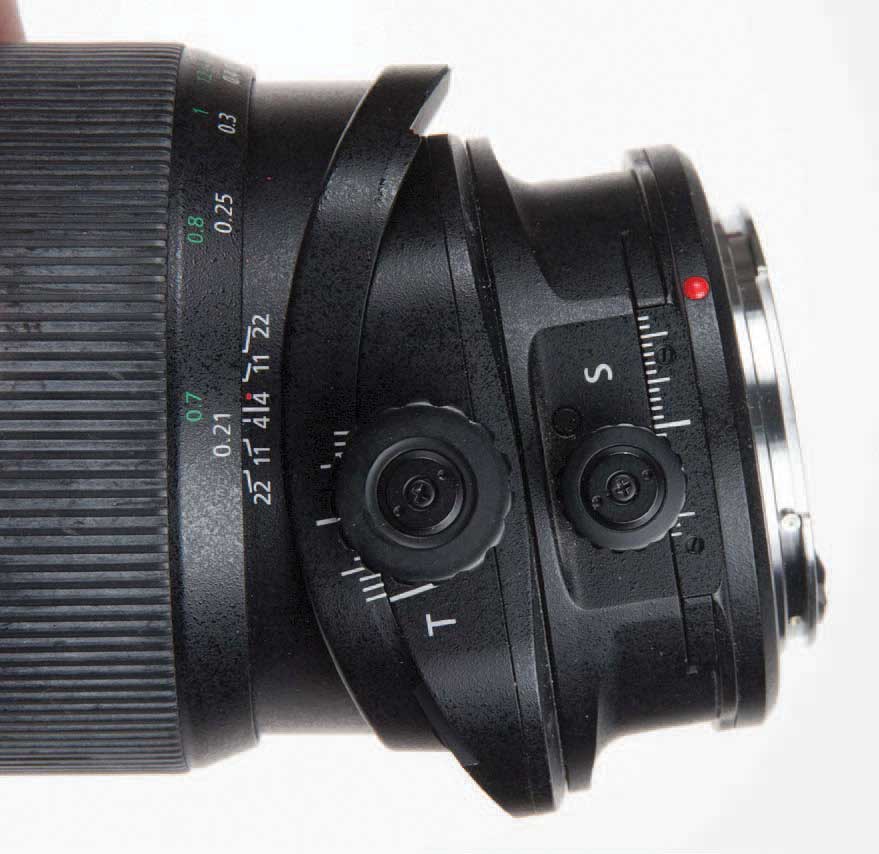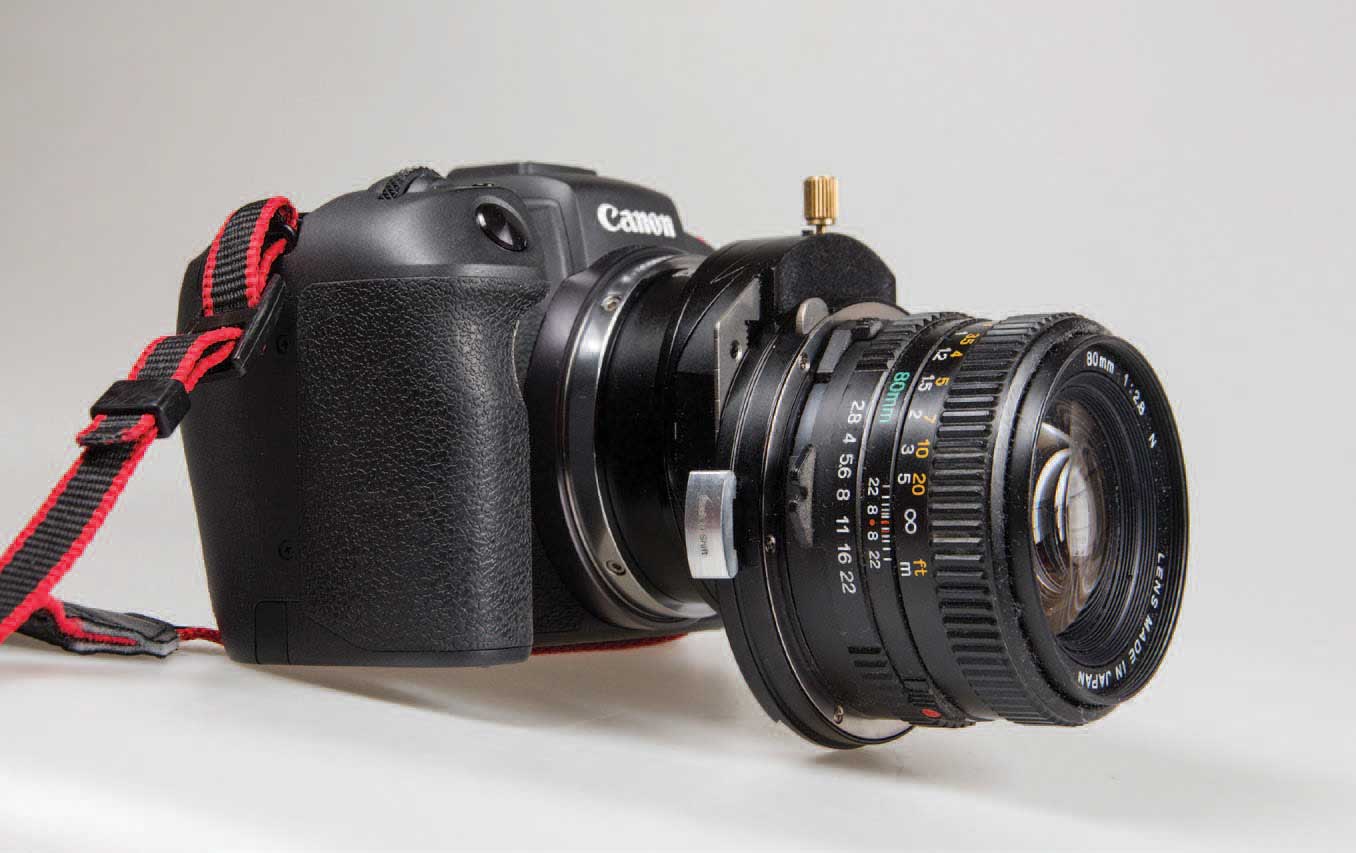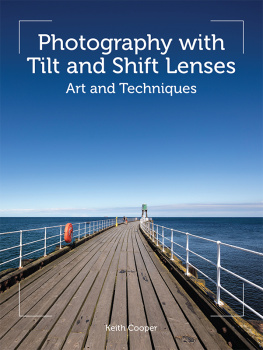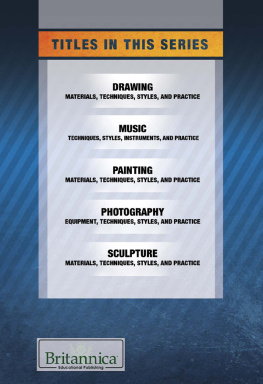Page List
Photography with
Tilt and Shift Lenses

Photography with
Tilt and Shift Lenses
Art and Techniques
Keith Cooper

First published in 2020 by
The Crowood Press Ltd
Ramsbury, Marlborough
Wiltshire SN8 2HR
www.crowood.com
This e-book first published in 2020
Keith Cooper 2020
All rights reserved. This e-book is copyright material and must not be copied, reproduced, transferred, distributed, leased, licensed or publicly performed or used in any way except as specifically permitted in writing by the publishers, as allowed under the terms and conditions under which it was purchased or as strictly permitted by applicable copyright law. Any unauthorised distribution or use of this text may be a direct infringement of the authors and publishers rights, and those responsible may be liable in law accordingly.
British Library Cataloguing-in-Publication Data
A catalogue record for this book is available from the British Library.
ISBN 978 1 78500 772 9
Dedication:
For Karen.
Acknowledgments:
Many companies have helped in the creation of this book, loaning me equipment for test and review. In alphabetical order Id particularly like to thank: Canon UK, Fotodiox, Hasselblad UK, K&F Concept, Panasonic UK, Park Cameras, Rogeti, Samyang (via Intro2020) and Venus Lens (Laowa). Also the many visitors to my Northlight Images web site whove asked questions about tilt/shift lenses how and why they are used.
Thanks to Crowood as well for seeing the potential of such a book, and their help in making my work come to life in print.
Chapter 1
Introduction to Tilt/Shift Lenses
THE TILT/SHIFT LENS
Lenses with tilt and shift movements are somewhat of a mystery to all too many photographers. The sideways or up/down movement of shift and the bending lens look of tilt hark back to the earliest days of photography and large cameras with sheets behind them and ground-glass focus screens. For photographers used to modern digital DSLR and mirrorless cameras, the fact that such lenses on their cameras are largely manual in operation can also be disconcerting.
In reality, using tilt/shift lenses has never been easier, with instant feedback via rear screens, and features such as focus-peaking and electronic viewfinders. These allow the setting of both shift and tilt to feel much more intuitive and accurate. It is easiest to look at lens shift to start with, and then aspects of tilt. The two functions can, of course, be combined, but knowing what each does on its own is important to appreciate.

The steps up to the chapter house at Wells Cathedral. Using a lens shifted upwards has allowed retention of true vertical lines whilst shifting the view of the level camera upwards. Inspired by a famous photo of the scene by F. H. Evans in 1903, who would have used similar lens movements, albeit with a much larger camera and simpler lens design.

The mechanical complexity of tilt/shift lenses can be confusing at first. A simple approach looking initially at shift and then at tilt can give an intuitive understanding of how the capabilities of the lenses can be matched to a photographers vision.
TILT/SWING/SHIFT/RISE/FALL?
This book assumes that the main audience will be photographers, probably using shift or tilt/shift lenses on DSLR or mirrorless cameras, typically with 35mm full frame or FX sensors. However, examples have been included from smaller APS-C and larger medium-format cameras. When reading, it can be assumed that any reference to movement using the tilt setting of a lens is to tilt, whether up/down, left/right or a combination of the two. Traditionally, left/right movement is referred to as swing. Similarly, any movement of the lens shift control is referred to here as shift, rather than the alternative rise/fall for up/down movements.

















